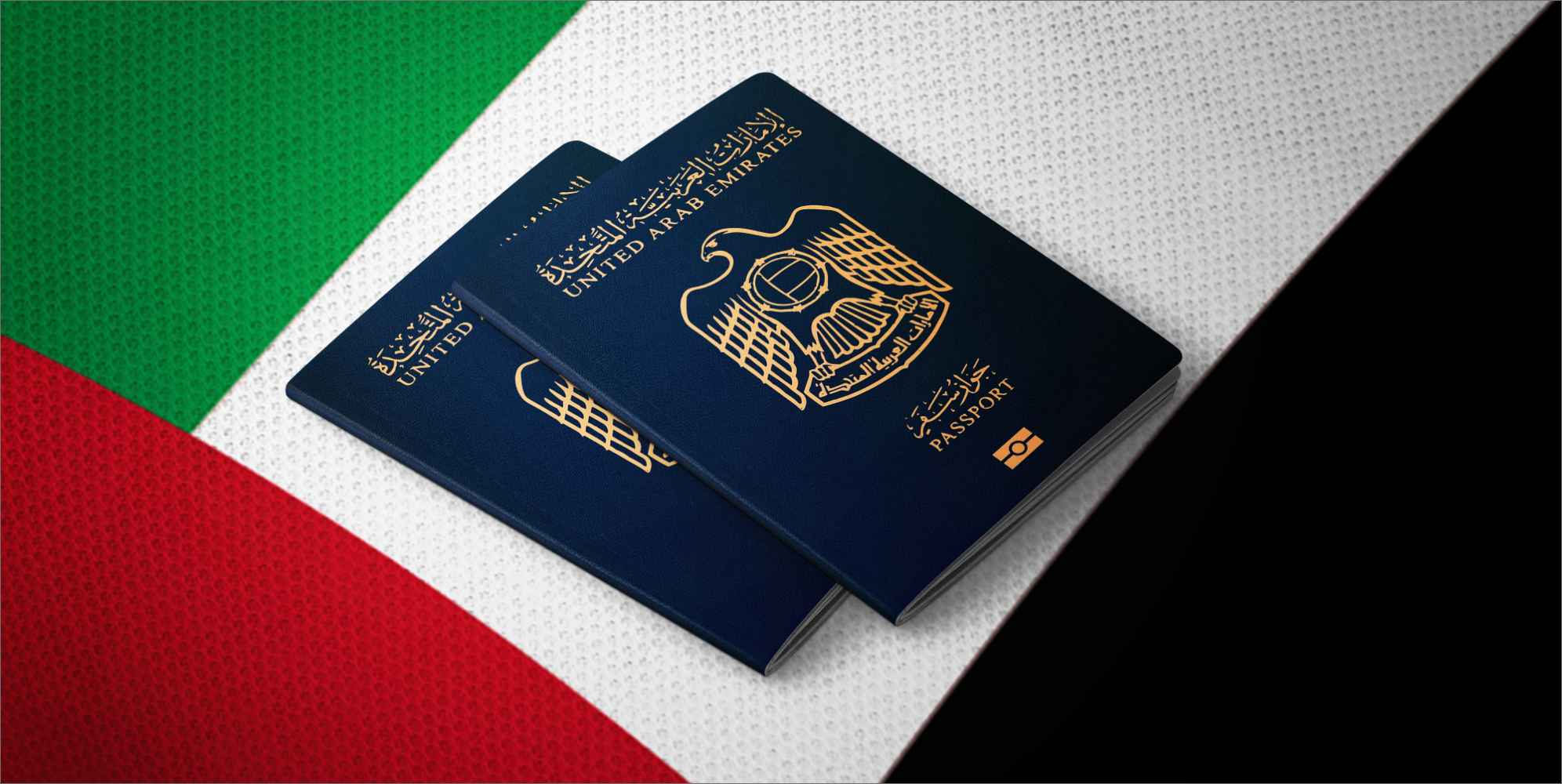

The Emirates ID and residency visa system in the United Arab Emirates (UAE) forms the legal backbone for identification, residence and access to services for citizens and expatriates alike. While the Emirates ID is the official identity card issued by the government, the residency visa enables foreign nationals to live, work, study or invest in the country. Together, these documents govern the status of individuals living in the UAE and provide them access to public and private services.
Understanding the procedures and latest updates around these documents is essential for anyone living or planning to live in the UAE.
The Emirates ID is issued by the Federal Authority for Identity, Citizenship, Customs and Ports Security (ICP) and is required for all UAE citizens and residents. This smart card carries a 15-digit unique identification number that remains constant throughout the cardholder’s life. The ID includes a smart chip storing personal data, a biometric fingerprint, a digital signature and high-security features that prevent counterfeiting.
This card is essential for:
By law, one must carry the Emirates ID at all times, and it is illegal for anyone, including employers, to withhold someone else’s ID.
A residency visa grants foreign nationals legal permission to reside in the UAE.
Residency visas come in various types, such as:
Depending on the type, residency visas can be valid for 1, 2, 5 or 10 years and may be renewed if the holder continues to meet the prescribed requirements.
You may apply for an Emirates ID via:
For first-time applicants, biometric data (fingerprints and photo) must be submitted at an ICP service centre. An optional urgent service called ‘Fawri’ allows UAE nationals and GCC citizens to receive the ID within 24 hours. Expats are eligible for Fawri only when replacing a lost or damaged ID, not during first-time issuance or renewals.
Residency visas are usually processed through a sponsor, either an employer, a family member or through self-sponsorship. After securing an entry permit, the applicant must undergo a medical fitness test and apply for the Emirates ID. Renewal timelines and steps vary by visa type.
Updating Emirates ID:
Both the Emirates ID and residency visa must be kept up to date to remain legally valid in the UAE. According to the Federal Authority for Identity, Citizenship, Customs and Ports Security (ICP), any changes in the personal information of an individual must be reported within 30 days of the change.
Cancelling Emirates ID and residency visas
Cancelling Emirates ID
When a resident decides to permanently leave the UAE or changes visa sponsorship, the Emirates ID must be returned. The ID is submitted to the General Directorate of Residency and Foreigners Affairs (GDRFA) as part of the visa cancellation process. The GDRFA forwards the card to the ICP.
Cancelling residency visas
Cancellation of the residency visa is required if:
The visa sponsor (employer or family member) is responsible for initiating the cancellation. Once cancelled, the individual must either leave the country or obtain a new visa. Dependents are granted a 6-month grace period to regularise their status.
Note: If a sponsor’s visa is cancelled, all linked dependents’ visas must be cancelled too.
The costs and processing times for Emirates ID and residency visas depend on the type of service, visa category and method of application. Fees may vary for standard and urgent services, and additional charges may apply when using service centres or typing offices.
Processing durations differ based on the urgency and completeness of documentation. For the most accurate details, it is advisable to refer to the official portals of ICP or GDRFA.
The Emirates ID is highly secure, featuring UV ink, microtext and encryption. It is unlawful to withhold another person’s ID or misuse their data. Lost or stolen cards must be reported immediately, and penalties apply for failing to renew expired IDs within 30 days.
Residency visas are tied to the visa sponsor. If the sponsor’s visa is cancelled, the dependents’ visas must also be cancelled. A six-month grace period is granted for visa renewal or exit after expiry or cancellation.
Digital transformation is shaping the Emirates ID system. Integrated mobile apps and digital ID versions will likely replace the need for physical cards in many contexts. Additionally, unified smart services such as the ‘One Touch’ platform streamline visa and ID applications, renewals and status updates.
1. How long does it take to get an Emirates ID?
Standard processing takes a few working days, while urgent ‘Fawri’ service provides the ID within 24 hours for eligible applicants.
2. Can I apply for an Emirates ID before my residency visa is stamped?
No. Residency visa stamping is a prerequisite for expatriates to apply for an Emirates ID.
3. What happens if I lose my Emirates ID?
You must report the loss to an ICP service centre, submit a replacement application, pay the applicable fees and collect the new card, usually within 48 hours.
4. How do I renew my Emirates ID and residency visa?
Renew your residency visa through your sponsor or self-service portals, followed by Emirates ID renewal through the ICP website, app or typing centres. Biometric data may need to be resubmitted.
5. Is it mandatory to carry the Emirates ID at all times?
Yes. The Emirates ID must be carried at all times and presented upon request by government authorities.